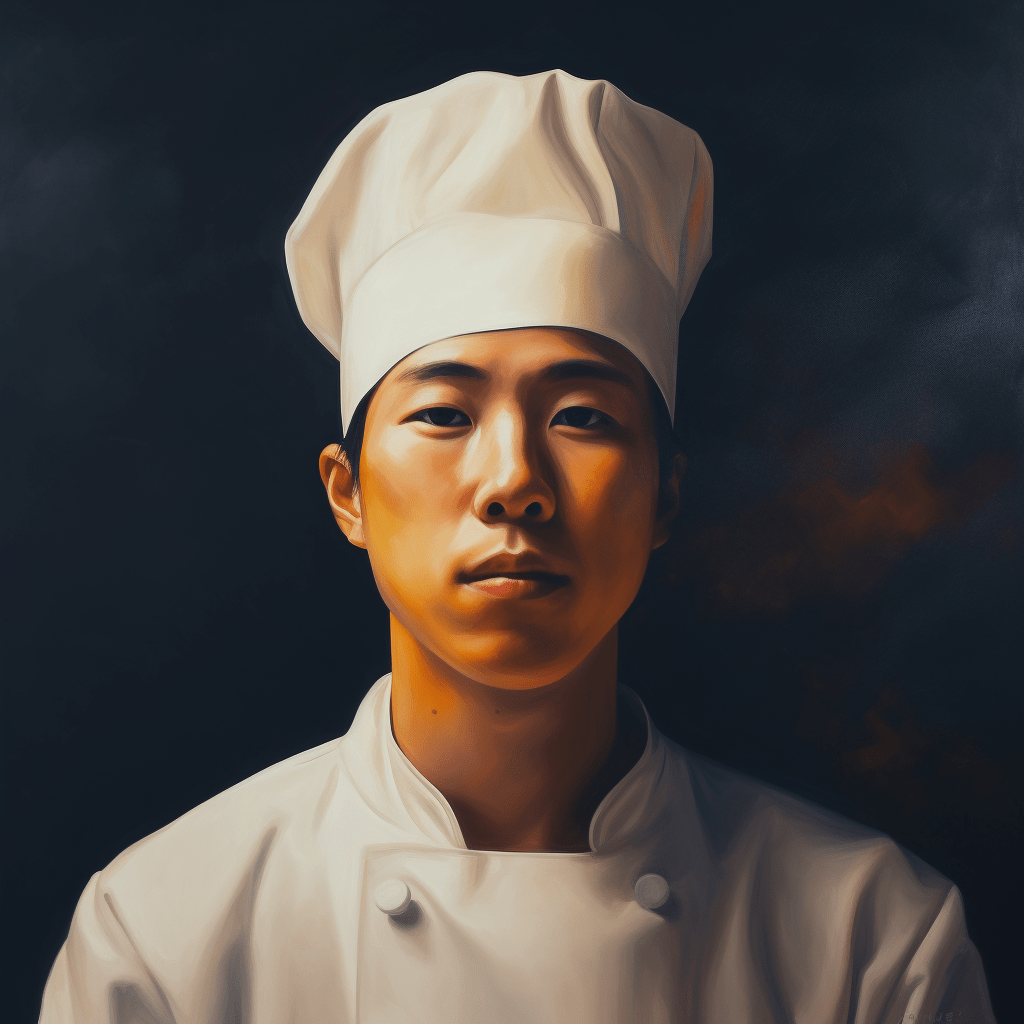
Kitchen Safety and Hygiene
Culinary Basics: The Essential Guide for Home CooksPrioritize the safety and well-being of you and your guests by adhering to essential food handling practices, preventing cross-contamination, and ensuring a secure cooking environment.
Welcome to Lesson 7!
In this lesson, we focus on kitchen safety and hygiene. Proper procedures are vital to maintain a healthy and risk-free culinary space.
Food Handling Practices
Keep these principles in mind for safe food handling:
- Wash hands with soap and water for at least 20 seconds before and after handling food, especially raw items.
- Use separate cutting boards for meats, poultry, fish, and produce to prevent cross-contamination.
- Properly store perishable foods in the refrigerator.
- Label and date stored foods, and discard expired or spoiled items.
- When reheating or cooking food, ensure it reaches the appropriate internal temperature to kill harmful pathogens.
Preventing Cross-contamination
Prevent the spread of harmful bacteria and allergens by:
- Sanitizing surfaces and utensils before and after use (e.g., by cleaning with hot, soapy water).
- Changing dishcloths, towels, and sponges regularly to avoid bacterial buildup.
- Avoiding direct contact between raw and cooked foods.
General Kitchen Safety
To ensure a risk-free cooking environment, employ these safety measures:
- Keep knives sharp and store them properly.
- Unplug appliances when not in use and store cords away from heat sources.
- Turn pot and pan handles inward to prevent accidental spills and burns.
- Never leave cooking food or heated appliances unattended.
- Use oven mitts and trivets when handling hot items.
- Install a fire extinguisher in your kitchen and familiarize yourself with its operation.
With the knowledge and application of proper kitchen safety and hygiene practices, you will protect yourself, your family, and your guests. In Lesson 8, we will move on to basic recipes and dishes, enabling you to apply your acquired skills to create simple yet delectable meals. Happy cooking!
